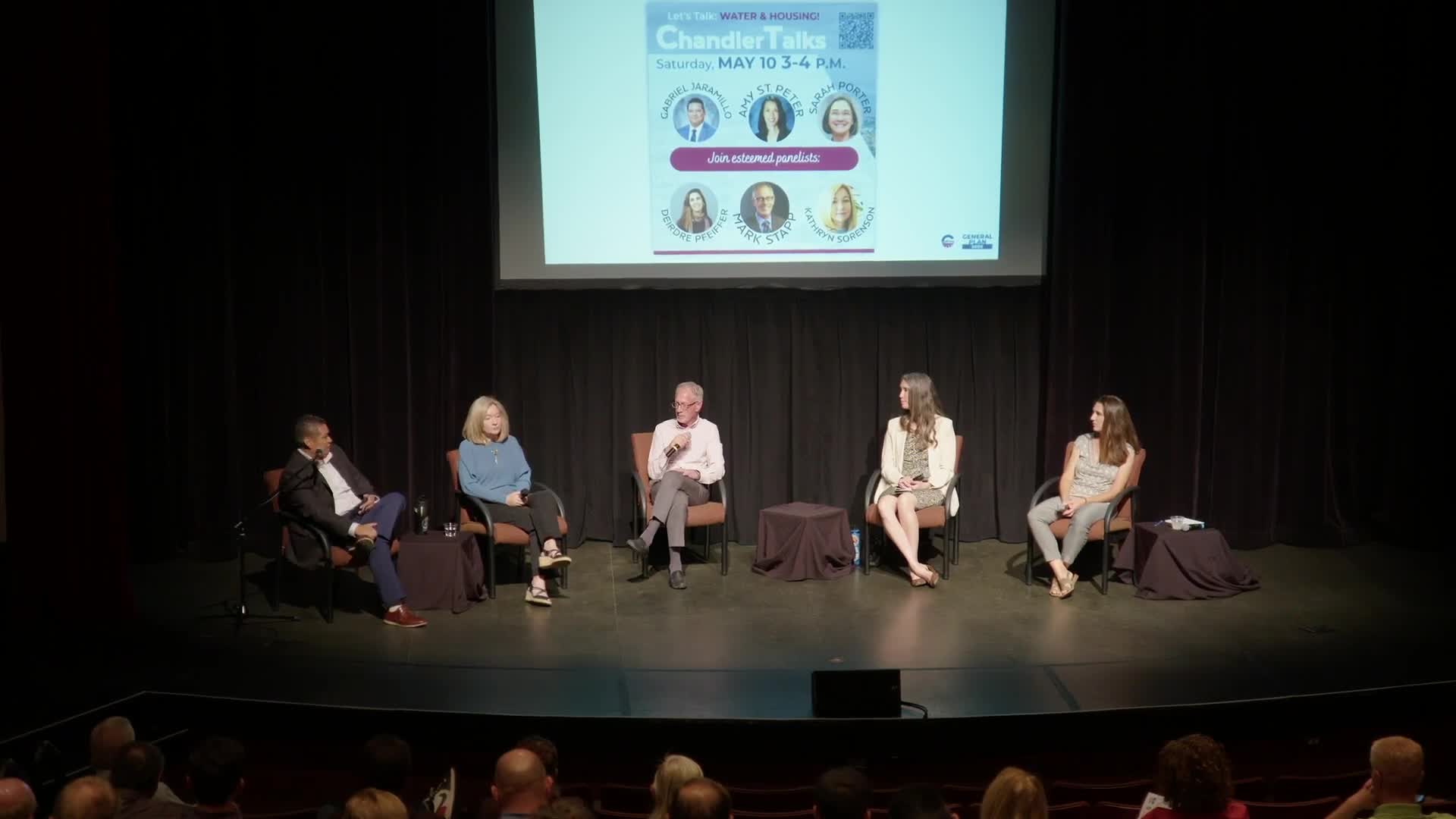Chandler explores innovative housing solutions through public partnerships and land redevelopment
May 12, 2025 | Chandler, Maricopa County, Arizona
Thanks to Scribe from Workplace AI , all articles about Arizona are free for you to enjoy throughout 2025!

This article was created by AI using a video recording of the meeting. It summarizes the key points discussed, but for full details and context, please refer to the video of the full meeting. Link to Full Meeting
One of the key topics was the potential for co-development of multifamily housing on commercial properties. This approach, inspired by national best practices, aims to increase housing density while utilizing existing land more effectively. Participants noted successful examples from cities like Chicago, where affordable housing has been developed above municipal buildings such as police stations and libraries. This model could provide Chandler with new opportunities to create diverse housing options, particularly as the city faces constraints on available land.
The discussion also emphasized the importance of partnerships in addressing housing challenges. The city is currently collaborating with Gorman to redevelop public housing, which is expected to yield hundreds of new affordable units. This partnership is seen as a vital step toward replacing outdated housing with more efficient and sustainable options. The meeting underscored that decisions made today will have long-term implications for the community's housing landscape, shaping what Chandler will look like in the coming years.
Another significant point raised was the need for a shift in community planning. Participants advocated for a move away from individualized amenities, such as private pools and extensive landscaping, towards shared community resources. They highlighted the potential of Chandler's existing parks, like Tumbleweed Park and Veterans Oasis Park, to serve as focal points for future housing developments. By integrating housing with these community assets, the city could enhance connectivity and promote sustainable land use practices.
The conversation also touched on the balance between maintaining aesthetic preferences, such as lush landscaping, and the necessity for water efficiency in a desert environment. As Chandler continues to grow, these discussions will be crucial in determining how the city can meet housing demands while preserving its unique character and environmental sustainability.
In conclusion, the meeting served as a platform for exploring innovative housing solutions and collaborative strategies to address Chandler's future needs. As the city moves forward with its General Plan Update, the insights gained from this discussion will play a pivotal role in shaping a more sustainable and inclusive community.
Converted from ChandlerTalks: Shaping The City’s Future Through The General Plan Update meeting on May 12, 2025
Link to Full Meeting
Comments
View full meeting
This article is based on a recent meeting—watch the full video and explore the complete transcript for deeper insights into the discussion.
View full meeting